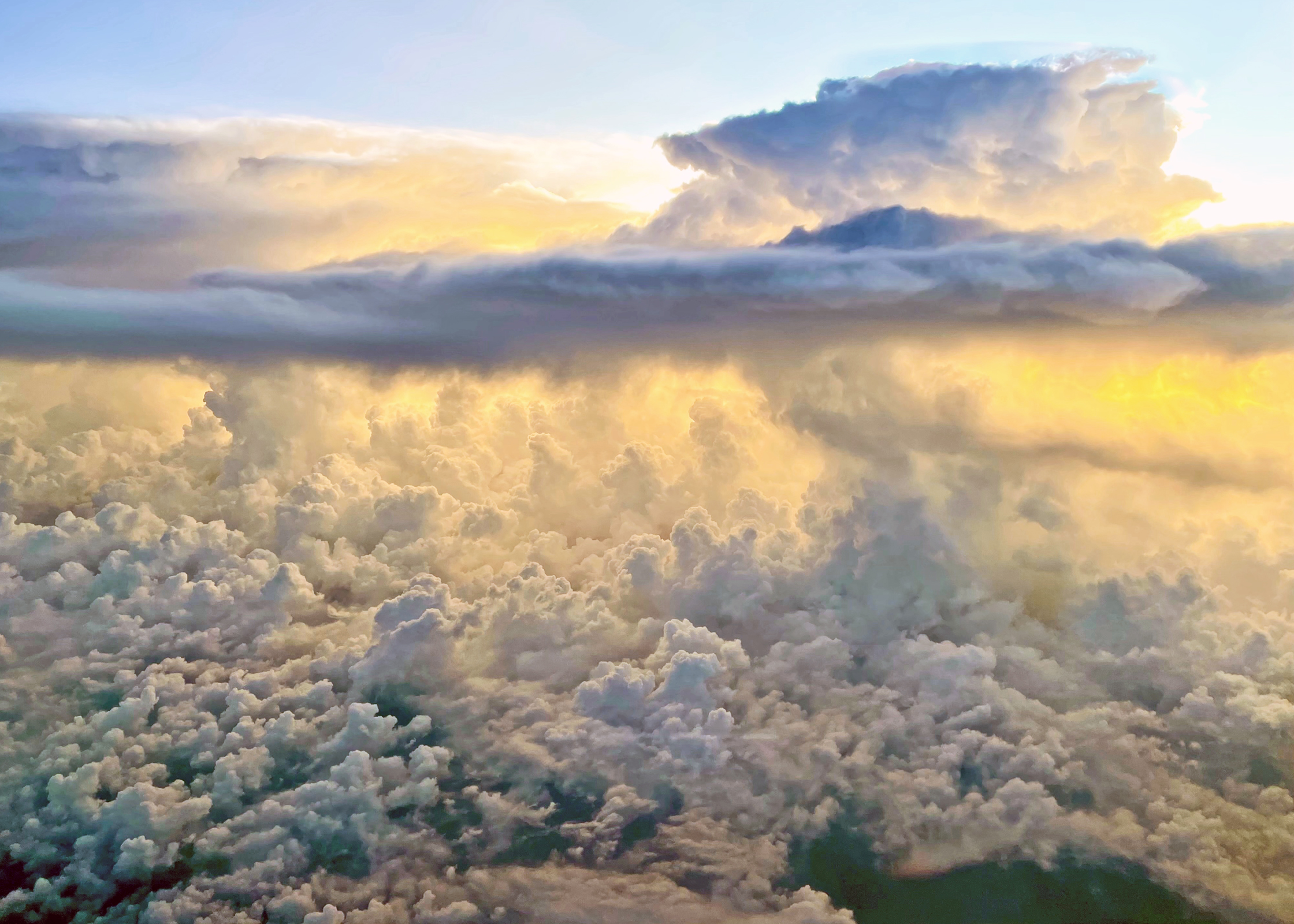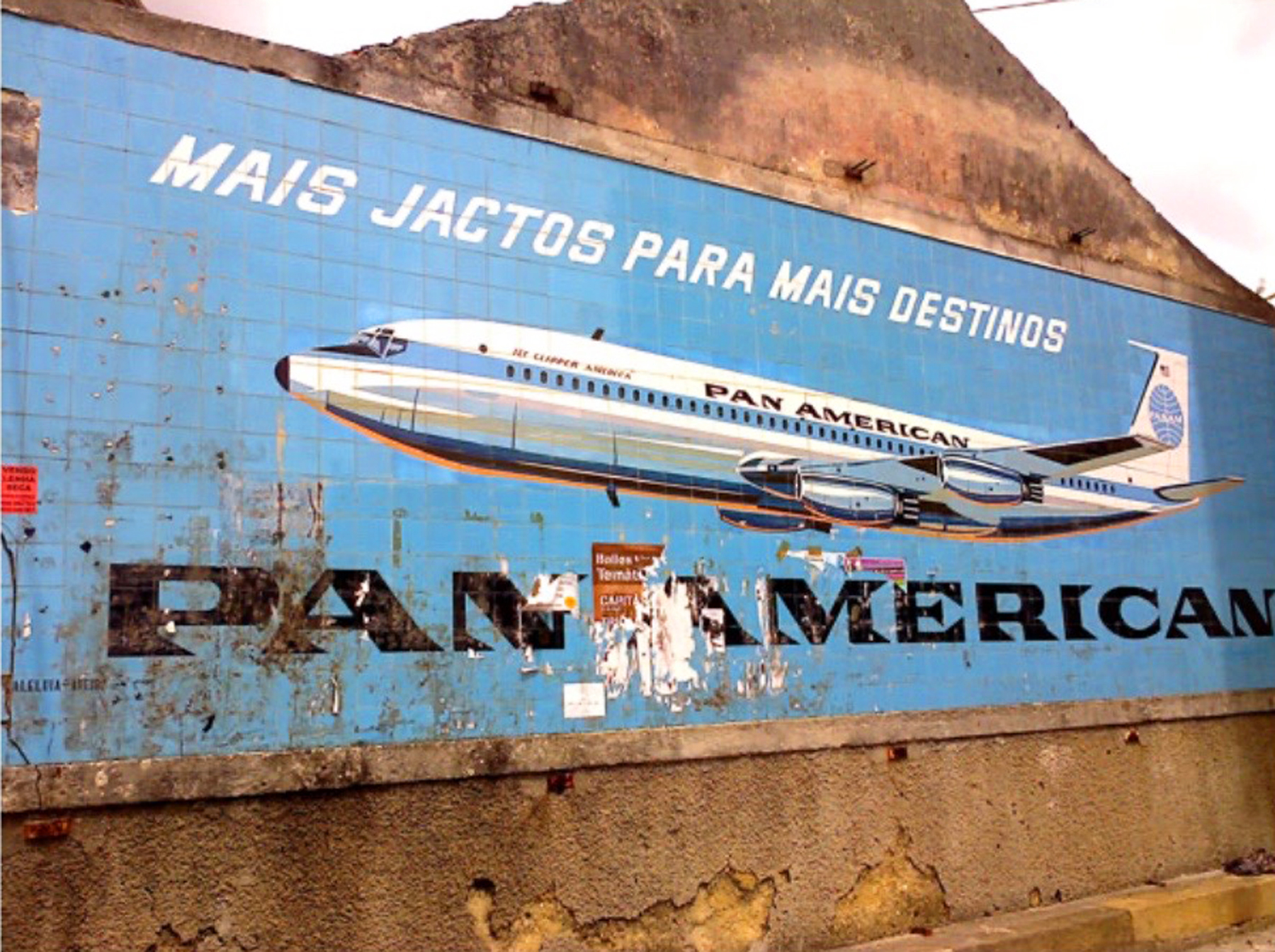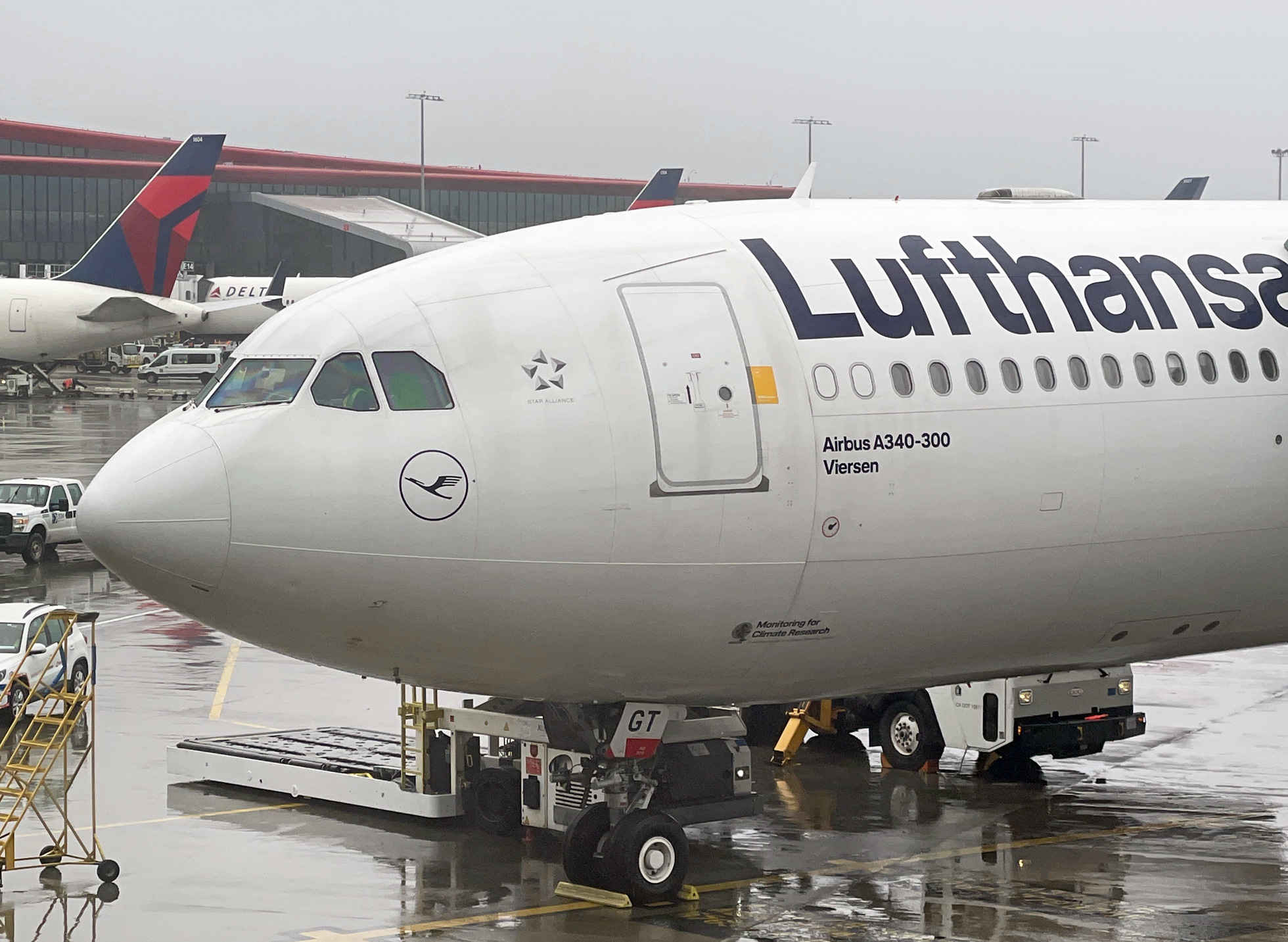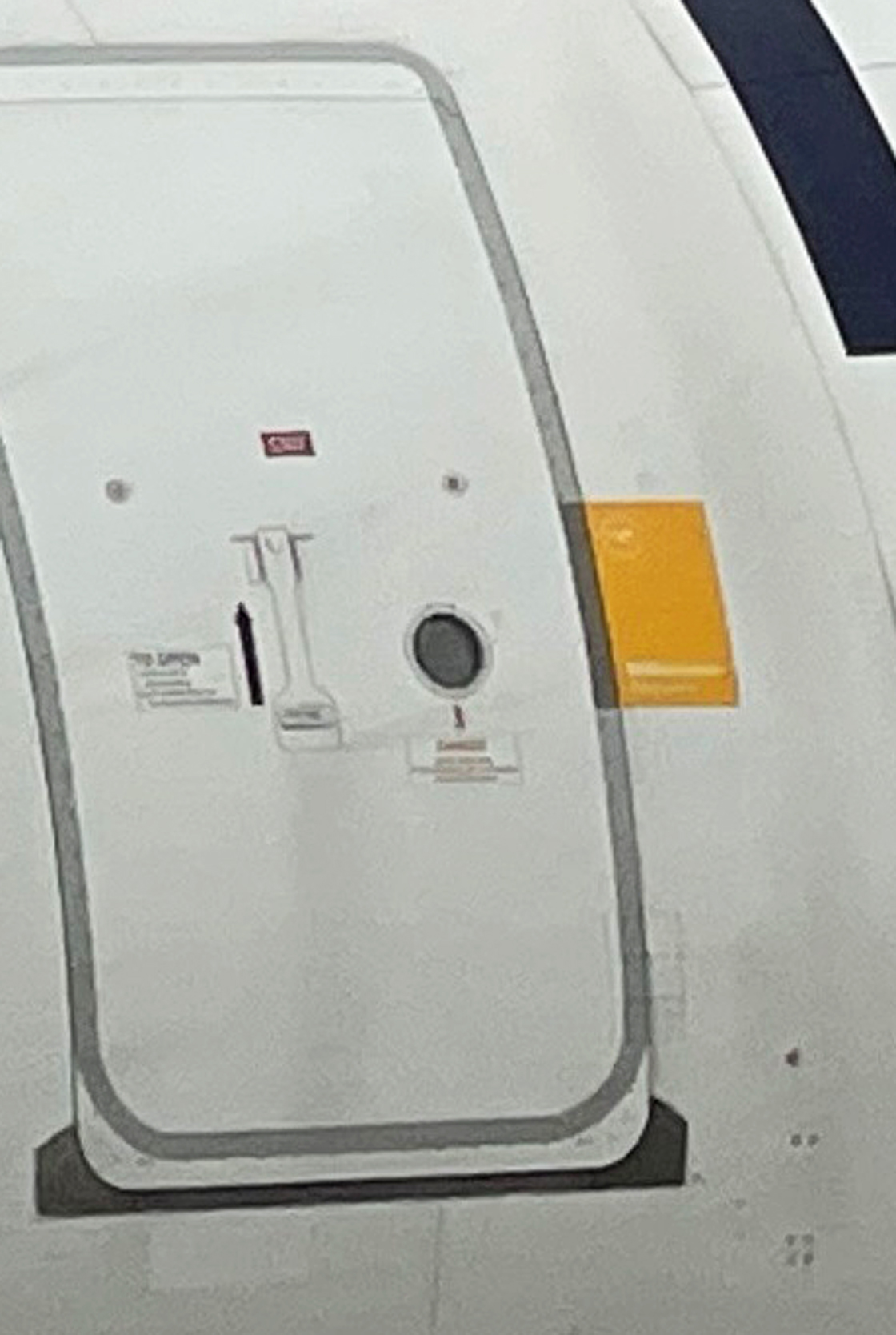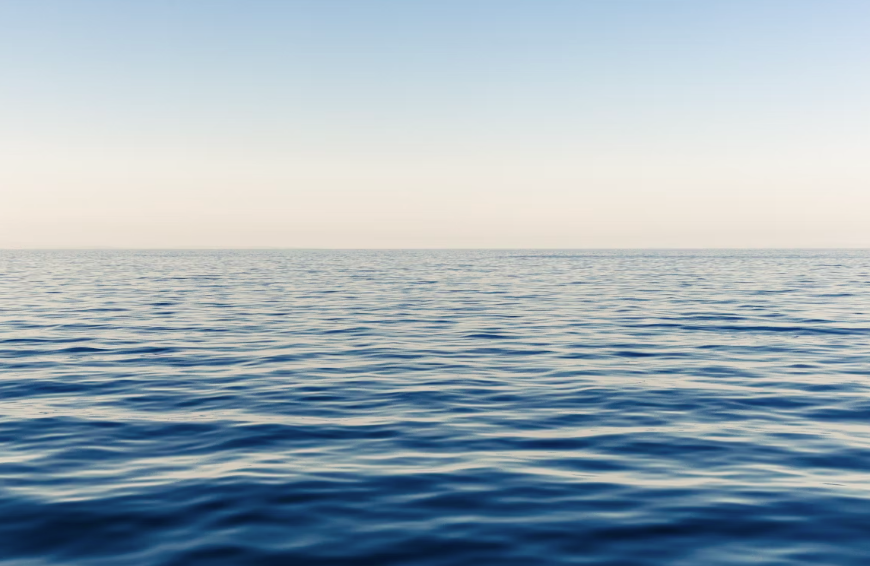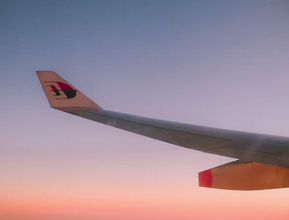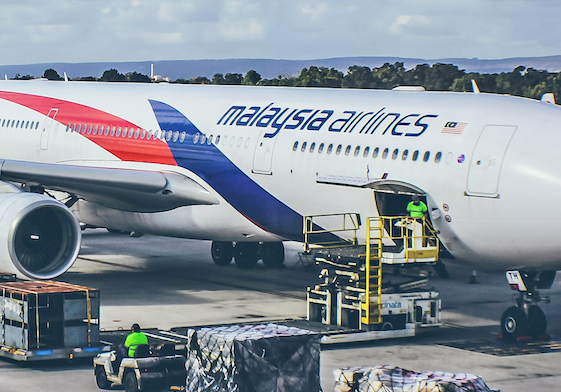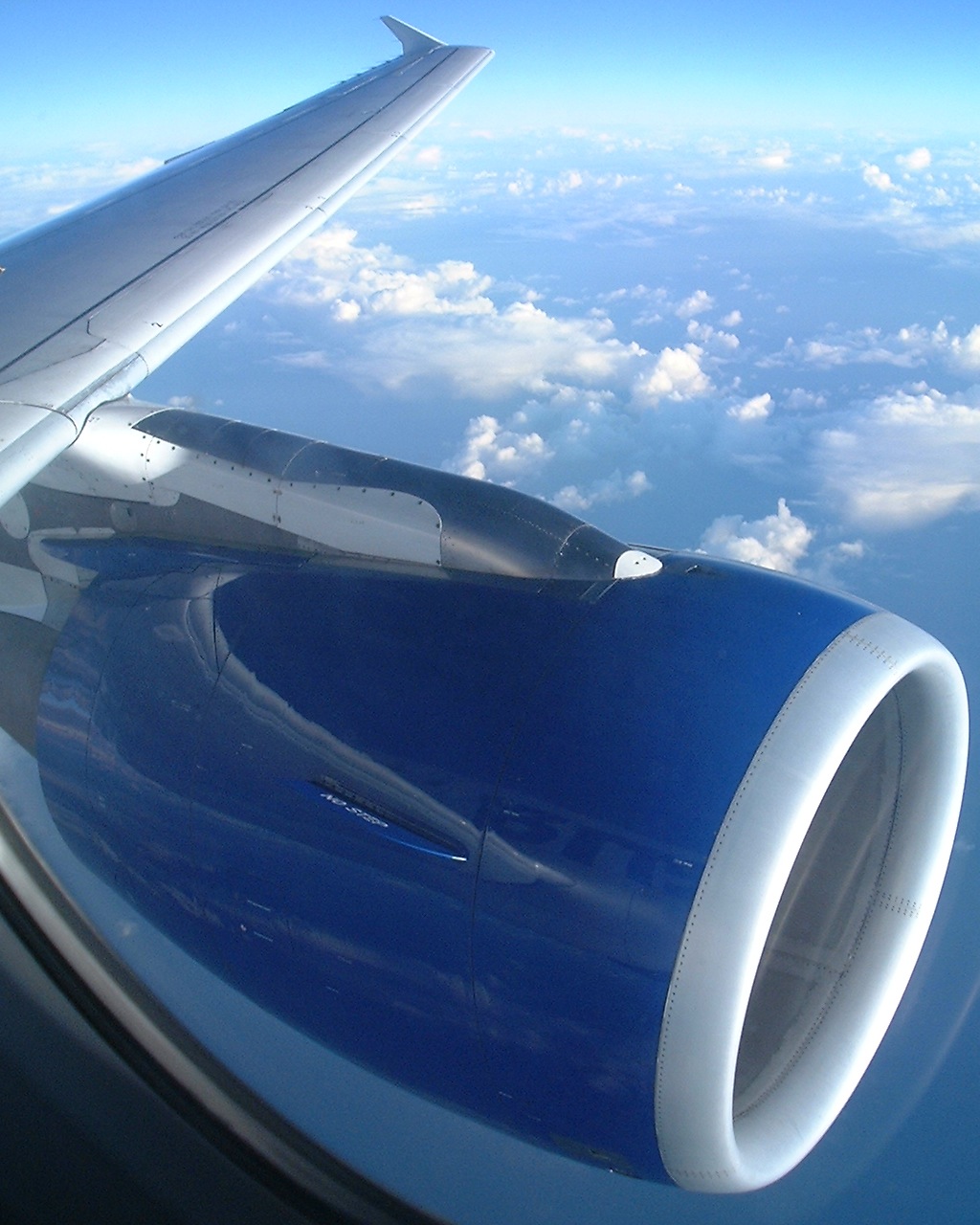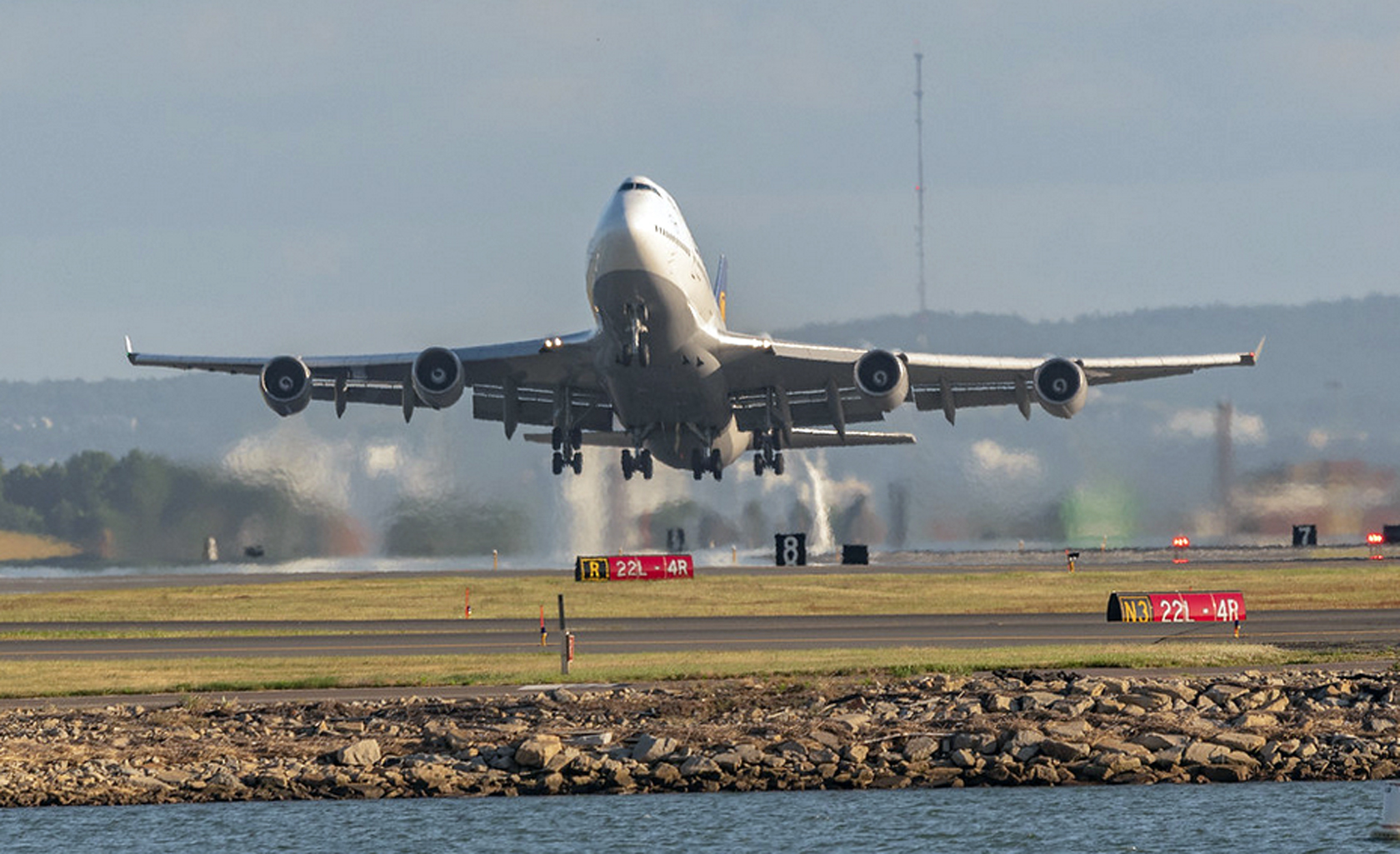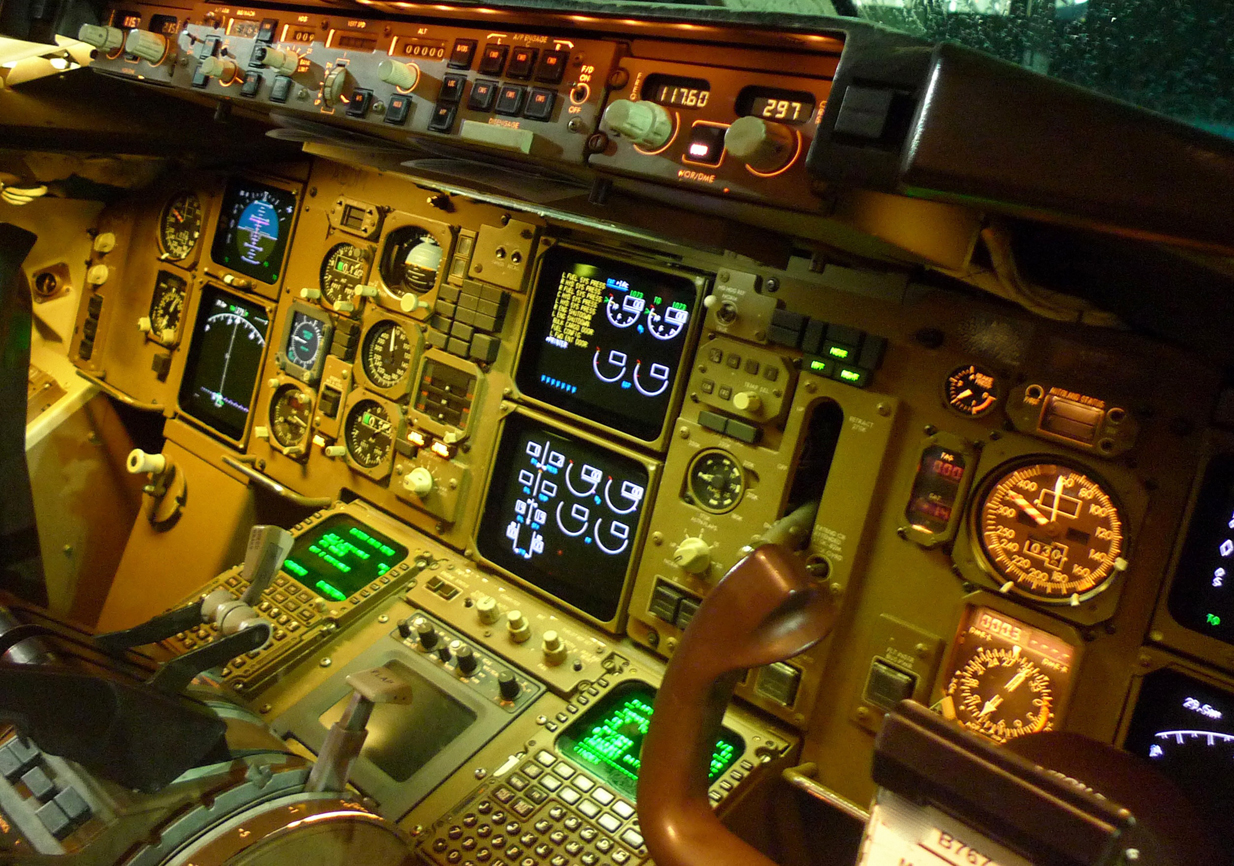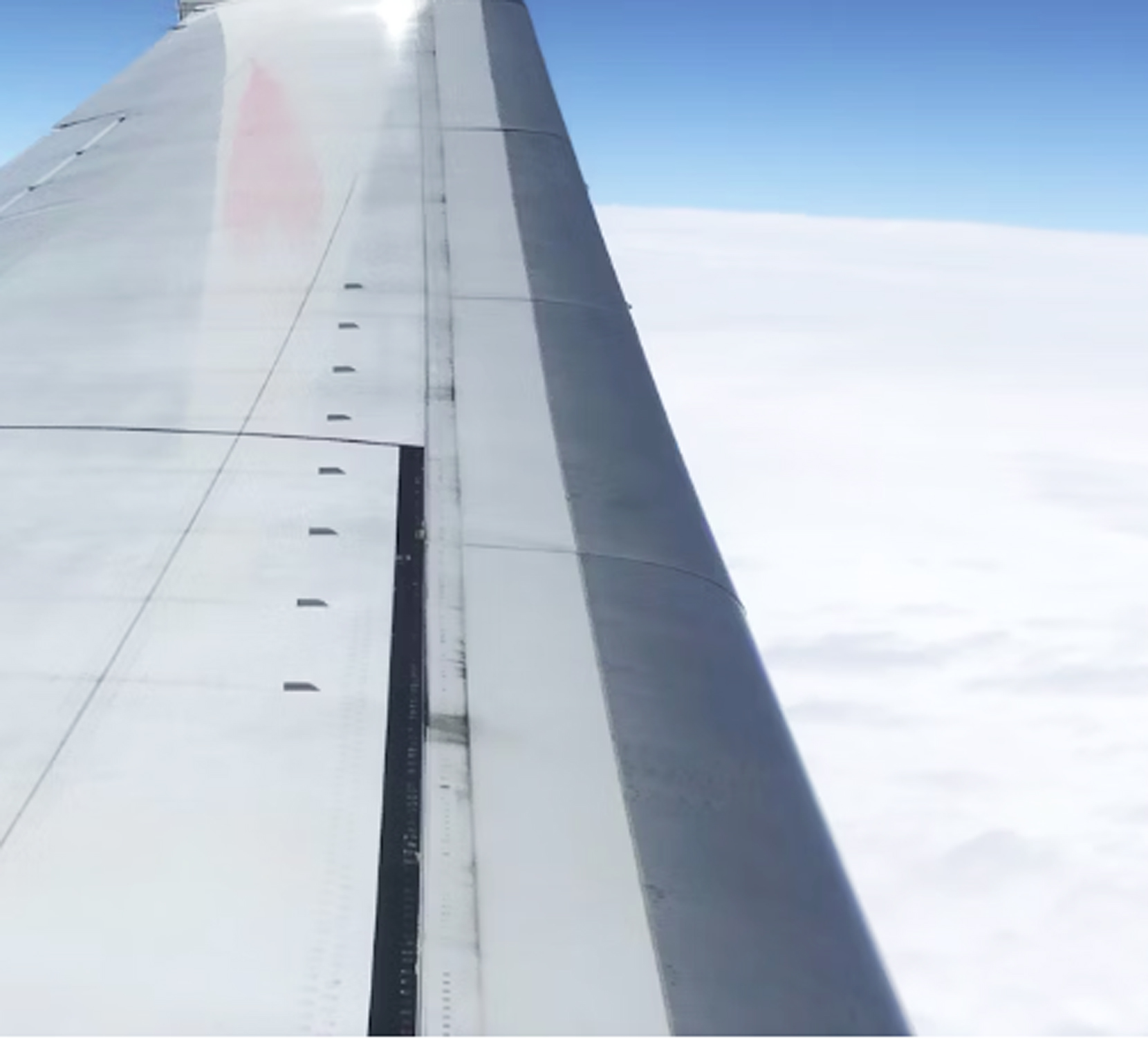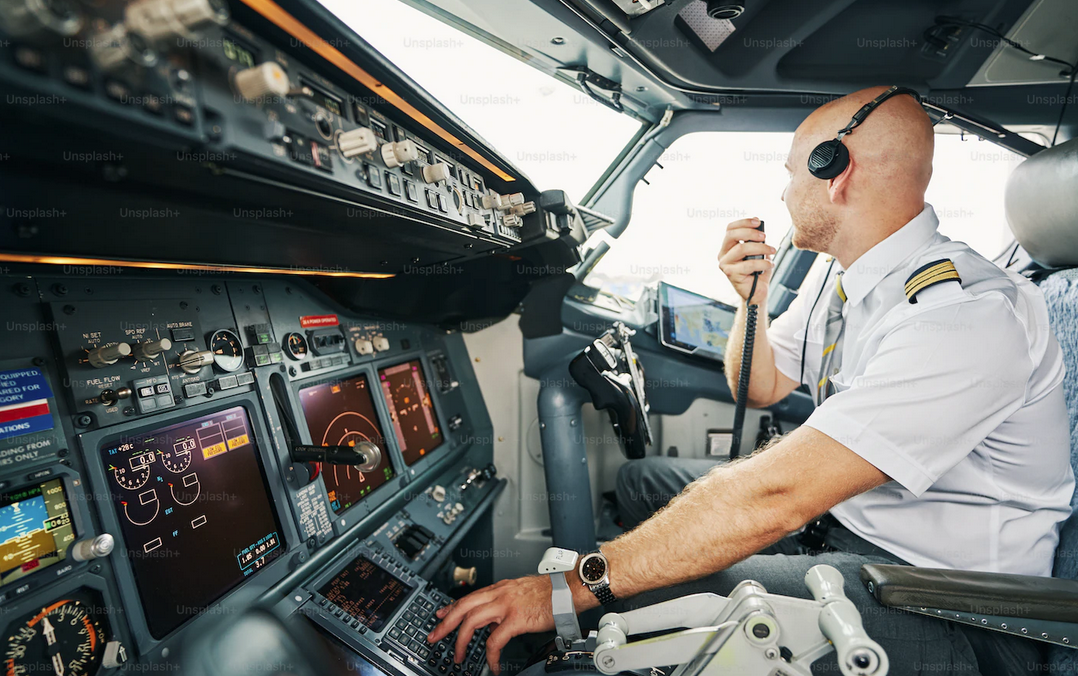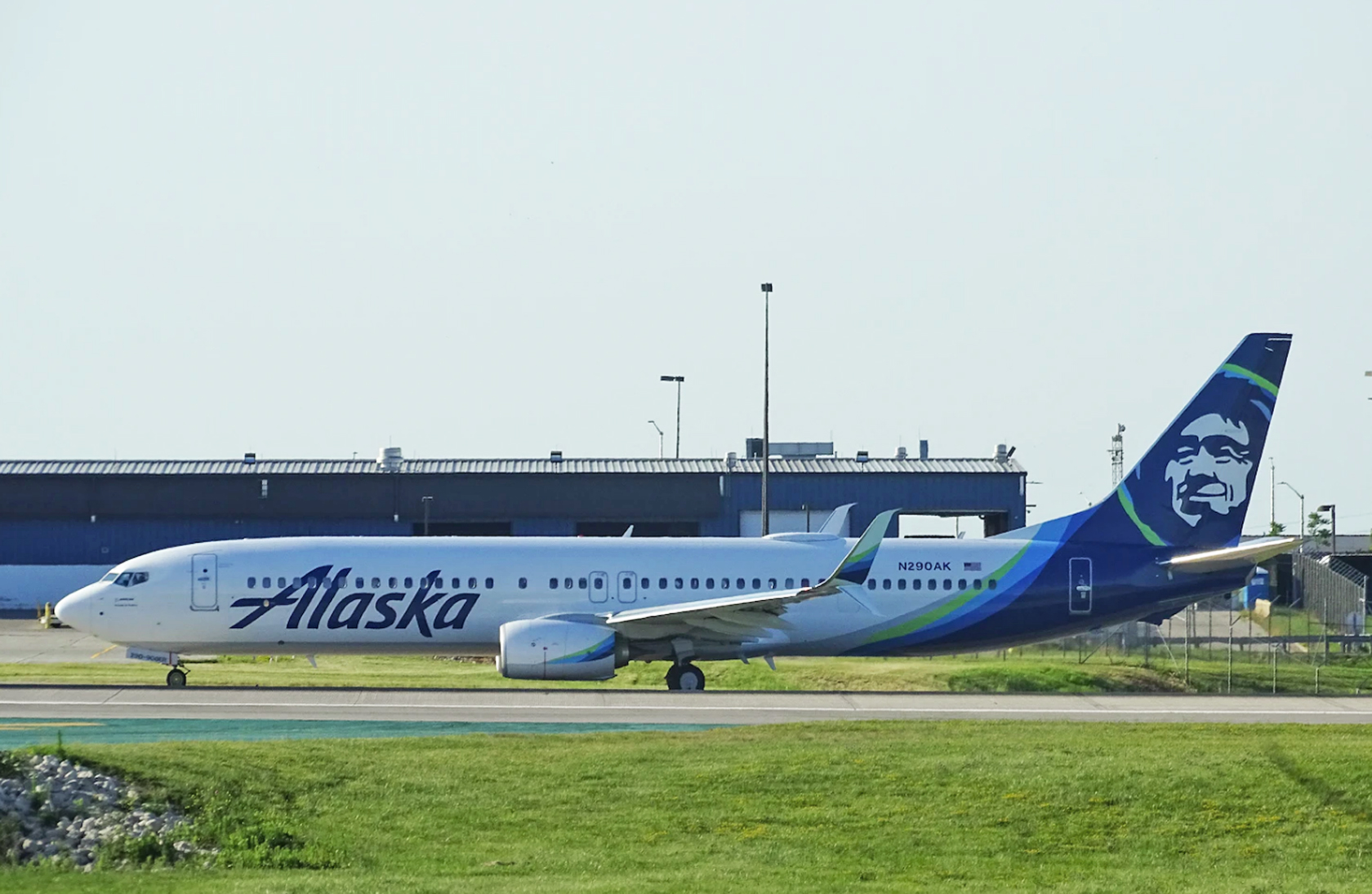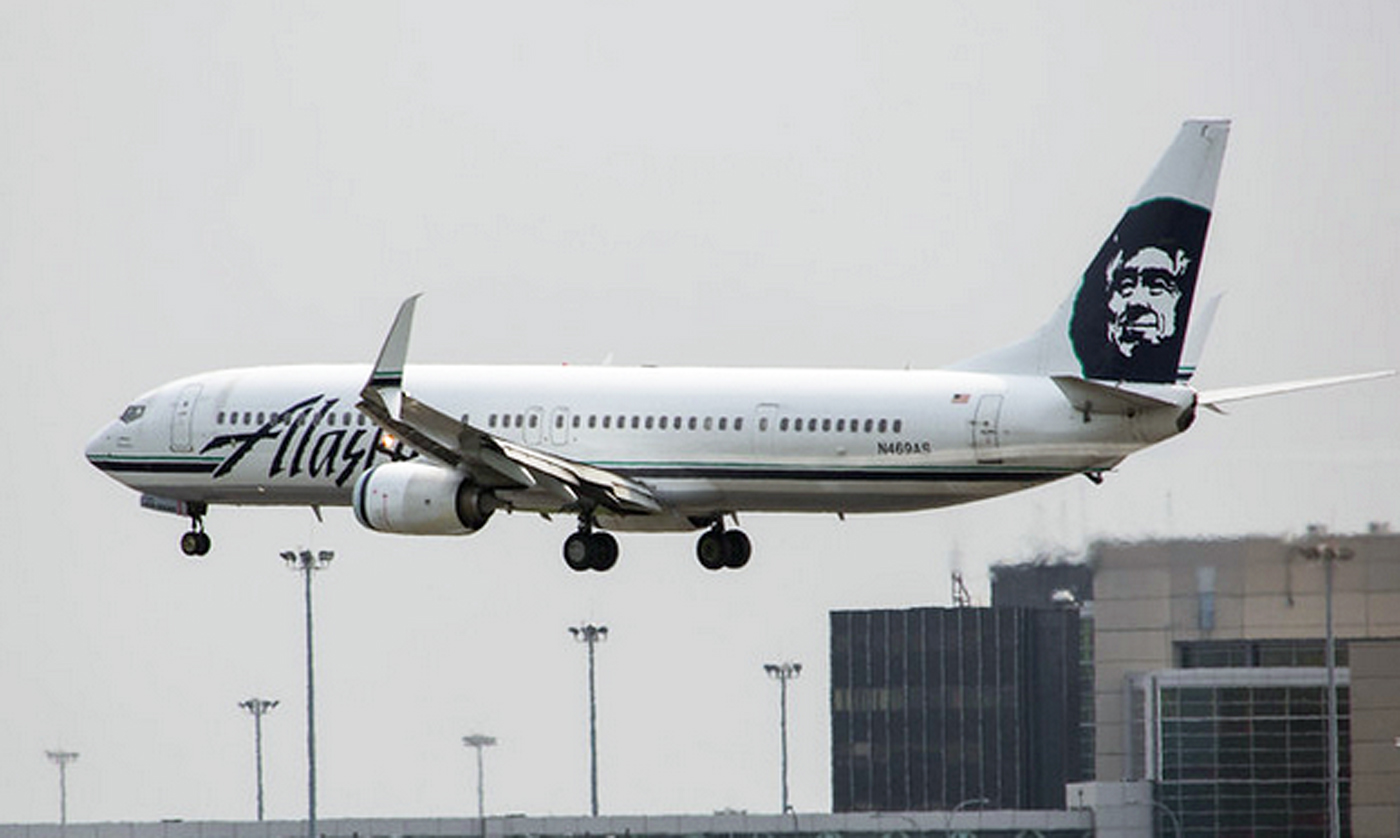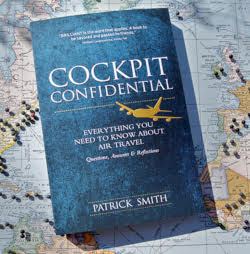March 28, 2024
I’M A SUCKER for a good wallopping view. And who isn’t? A view stirs the soul. It hits those hard-to-reach visceral notes in the way a simulation — a painting, say — can’t.
I’ve seen some spectacular ones: Machu Picchu on a clear day; Hong Kong from Victoria Peak; an unforgettable rainforest panorama from a canopy walk in Brunei; the fantastical mountains of Torres del Paine in Chile; and so on.
Sometimes, though, you want something easy, and that’s where hotel rooms come in. Here, the magic is presented to you, no effort required, to be savored from the comfort of your bed or balcony. It’s thrill and chill at the same time, both exciting and relaxing. I’ll take a three-star room with a view over a five-star room without one, any day.
I spend over a quarter of my life in hotels, at work or on vacation, so I’ve had my share. They tend to be cityscapes, mostly. My favorite of which, thus far, was a nighttime vista of Dubai from floor 60-something of the J.W. Marriott.
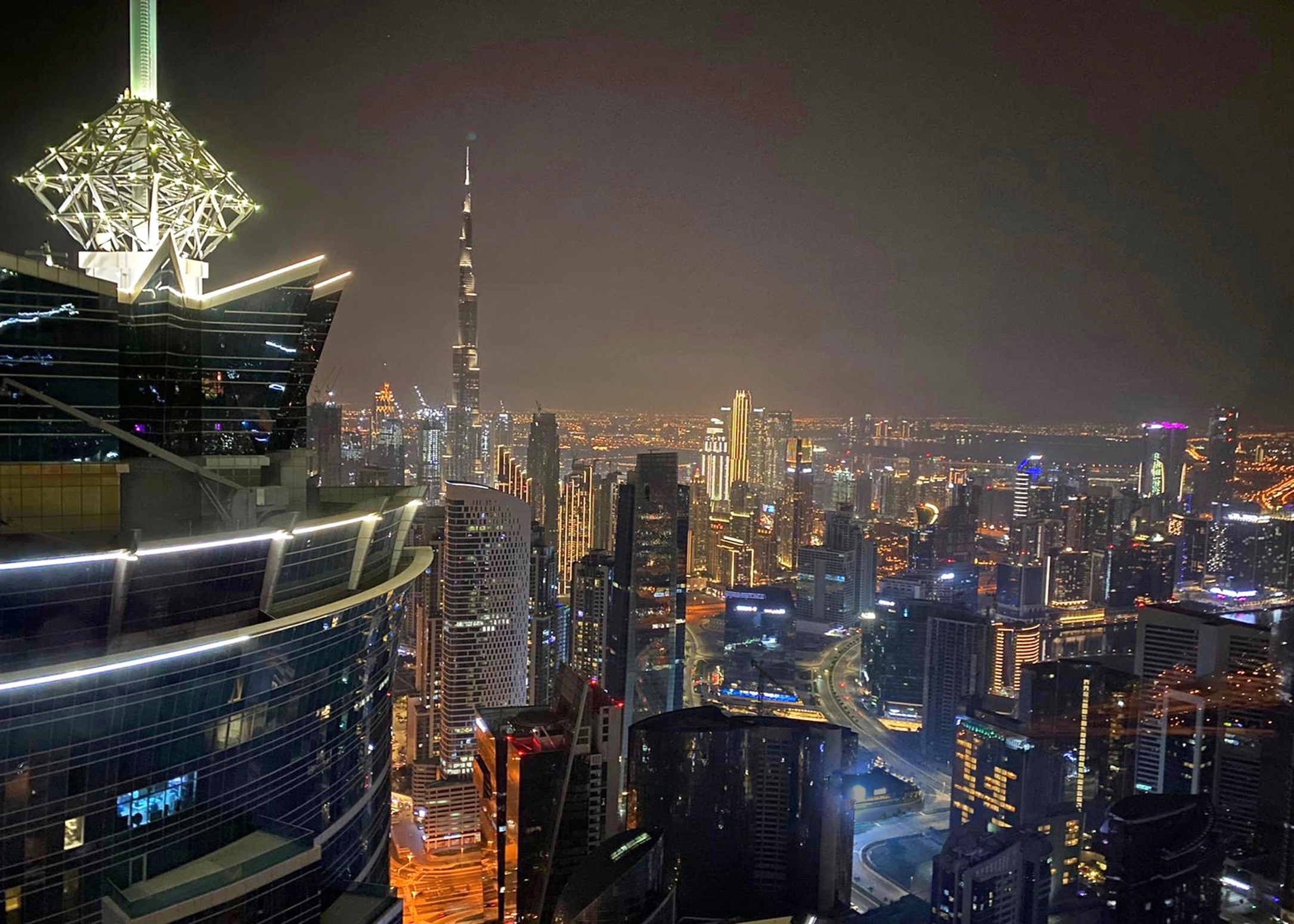
But urban panoramas get redundant after a while. It’s the greener settings I prefer. Mountains, oceans, forests. For instance, watching the sun come up over the Serengeti, from a tent at the Ole Serai safari lodge in Tanzania.
And I remember a place in Ecuador, overlooking a valley. It was a hacienda-style hotel perched at the top of a mountain. A floor-to-ceiling window looked out over the town, more than a thousand feet below. And it wasn’t a gradual or tapered descent; this was straight down, a sheer vertical drop. Was it Otavalo, maybe? Or Baños? It was twenty-five years ago and memory fails me. A dig through an old Lonely Planet guide is no help either.
Which is too bad, because the room was incredible. You could sit and watch the clouds sweeping past, below you. Standing outside, the atmosphere made a hissing noise. It was, best I could tell, the sound of the clouds condensing. I have no idea of this is even possible, but I swear those clouds made a noise as they billowed by.
Nothing would ever beat that view, I thought.
And nothing did, until just a few weeks ago, when I stayed at the Ladera Resort on the Caribbean island of Saint Lucia. I’d broken the bank for a winter vacation, and while I expected the view to be special, judging from the online pics, I didn’t expect it to be this special. Stepping into the room, I actually laughed out loud.
It was one of those open-plan rooms with only three sides. The fourth side was a huge, unscreened balcony facing directly toward St. Lucia’s famous Pitons — a pair of party hat peaks, nearly three-thousand feet tall, that are part of an ancient caldera. The private pool was special enough, but it was the view — a sort of West Indies Machu Picchu — that stole the show.

That’s a custom of mine, by the way: immortalizing this or that gorgeous view with my ridiculous feet in the shot. Visit my Instagram stream and you’ll see others. Here’s a more pure version, sans toes.
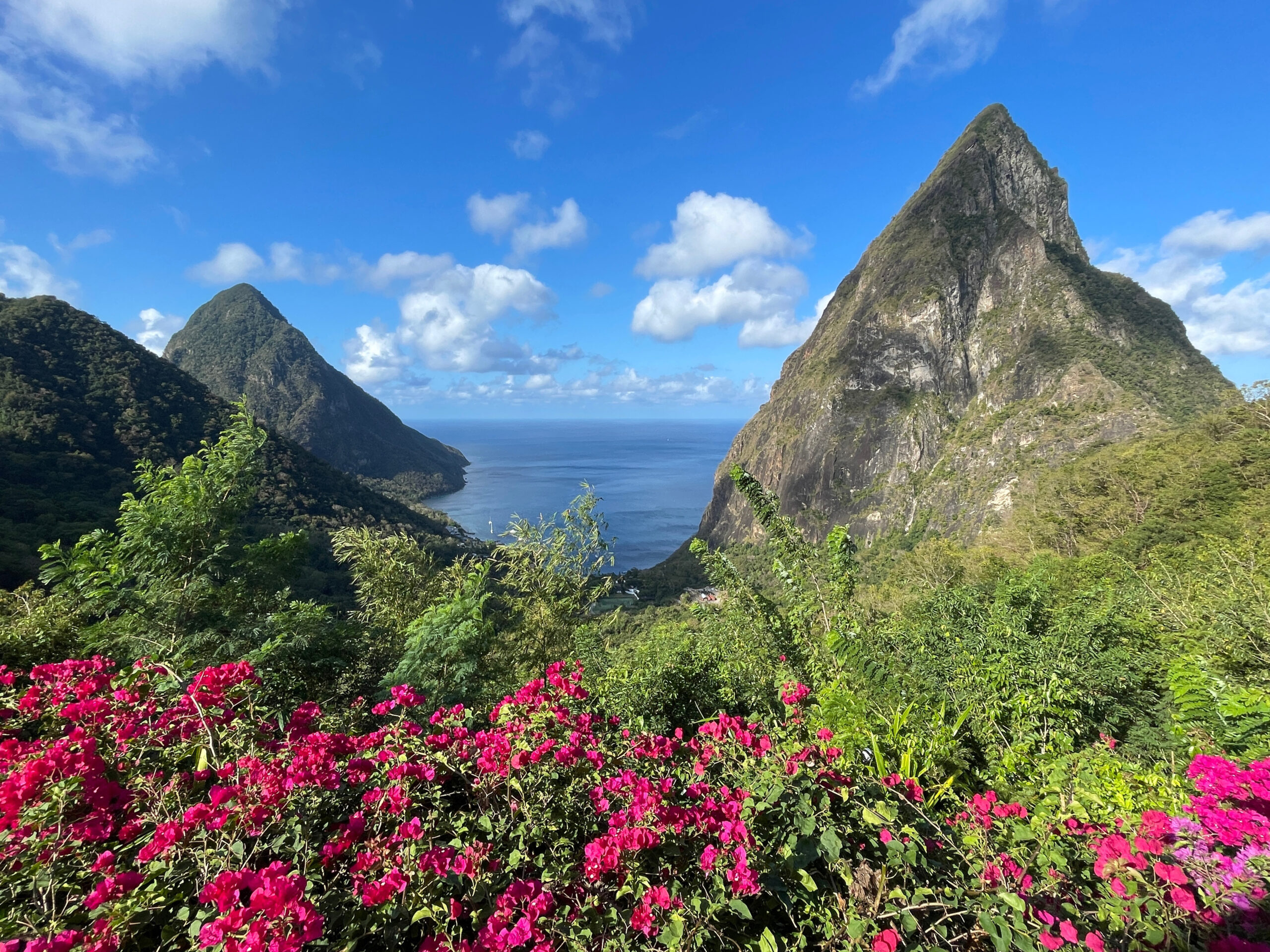
Imagine feasting your eyes on that, dawn to dusk. I didn’t feel much like leaving the room.
So that’s the new number one. It was also the most expensive hotel room I’ve ever paid for, and to help assuage the guilt of having blown so much money, I think of it as compensation — a reward for all of the shitty and underwhelming views I’ve been stuck with over the years: all those times I’ve pulled back the curtain to behold a parking lot, an HVAC unit, an expanses of urban decay or, as Jonathan Richman put it, suburban bleakness. Heck, in Amsterdam one time I had a hotel room with no windows.
Meditating on the Pitons helps make up for what happened to me last summer at the Pullman hotel in Dakar, Senegal. I’d stayed in the Pullman many times, and my favorite thing about it was the view from the upper floors of the harbor and, in the distance, the famous (or infamous) Goree Island.
It had been several years since my last visit, and I was excited. But when I got to my room, a surprise was waiting. The top photo shows the view from my room in 2009. The lower photo shows almost the identical view in 2023. Speaks for itself. Progress or something.
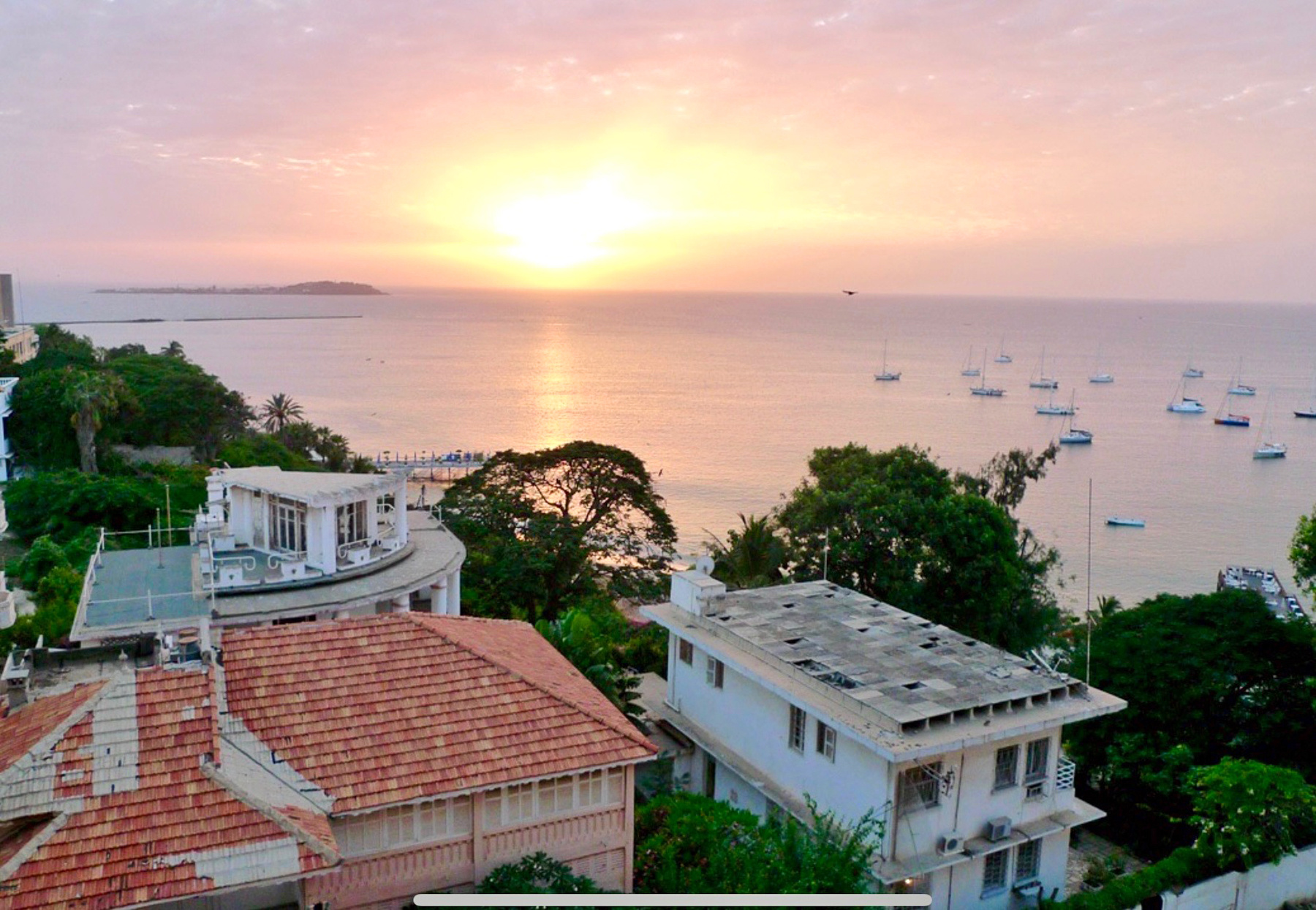
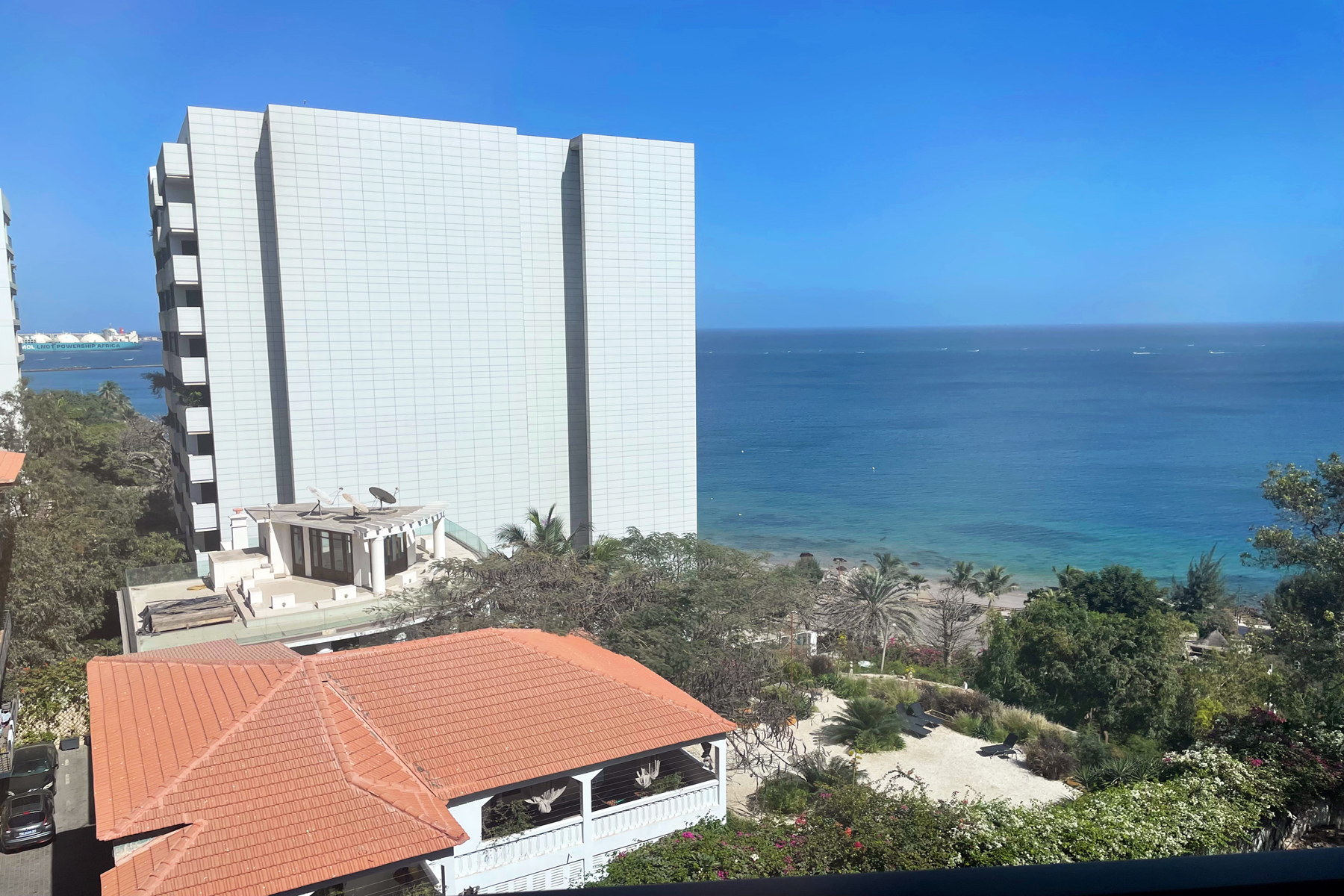
The curved building with the triangular top is an old property that I once nicknamed “the Graham Greene Hotel,” because it reminds me of the sort of place where the famous novelist would have stayed, making journal entries in a sitting room with potted palms and a ceiling fan.
I was pleased to see it’s still there, and looks like it’s been renovated. The sight of that monolith, however, was devastating.
That’s nothing, though, compared to some other places. Allow me revisit a few…
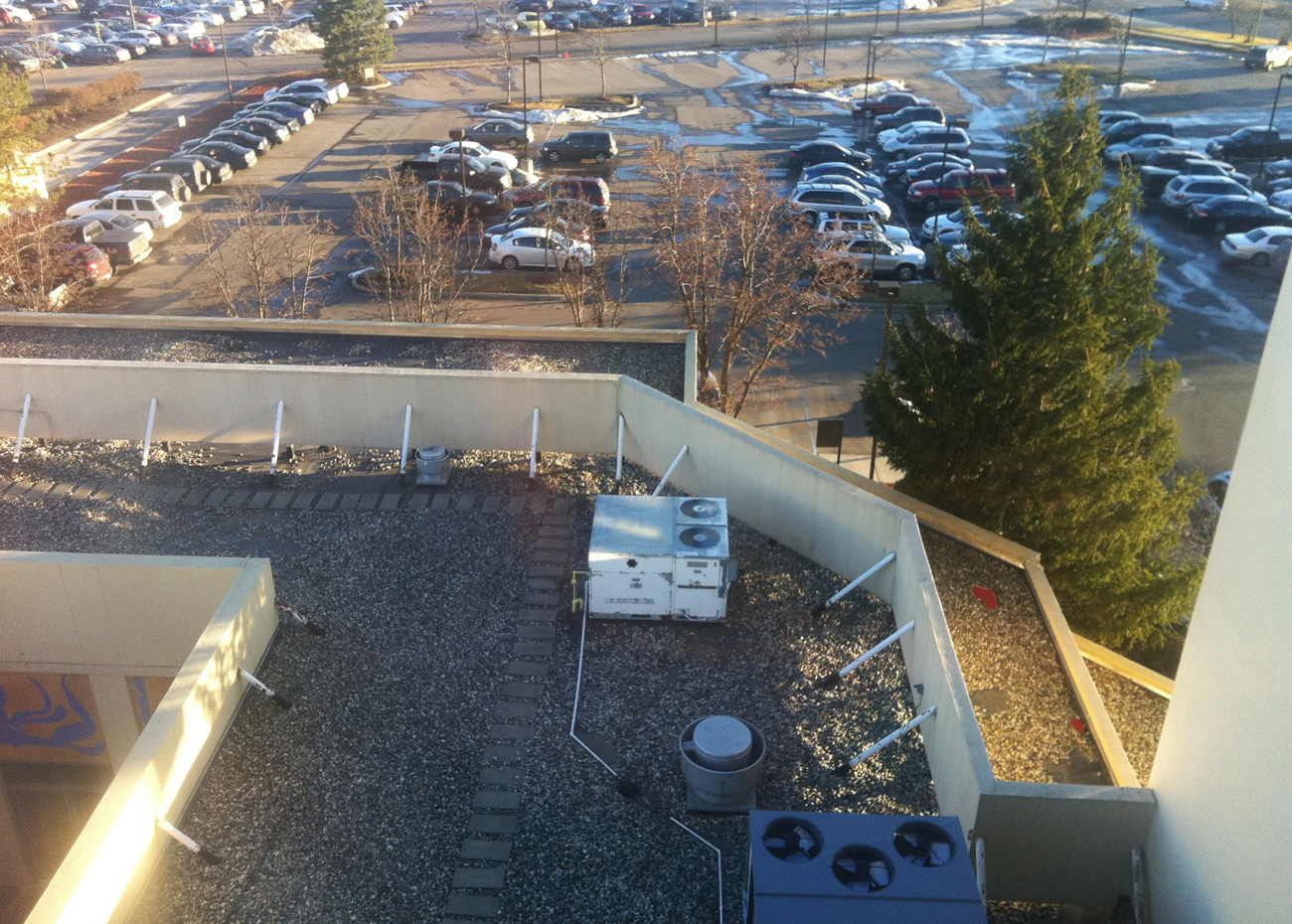
If I remember right, this first one is a Marriott outside Detroit. Cars, the Motor City… I guess it works, in a way.

From the Crowne Plaza we take in a splendorous HVAC array, with the Atlanta airport in the distance. Traffic, fast food, a strip mall: it’s everything you love about America. In a gloomy overcast to boot.

Is there anything more aesthetically demoralizing than a gas station? Though I guess you can barely see it, with all the ducting in the way. I forget where this was, which is just as well.

A view you can hear. The roar and churn of the cement mixer, some jackhammering, a concrete drill or two. It’s Oakland, California, but I don’t recall the hotel.
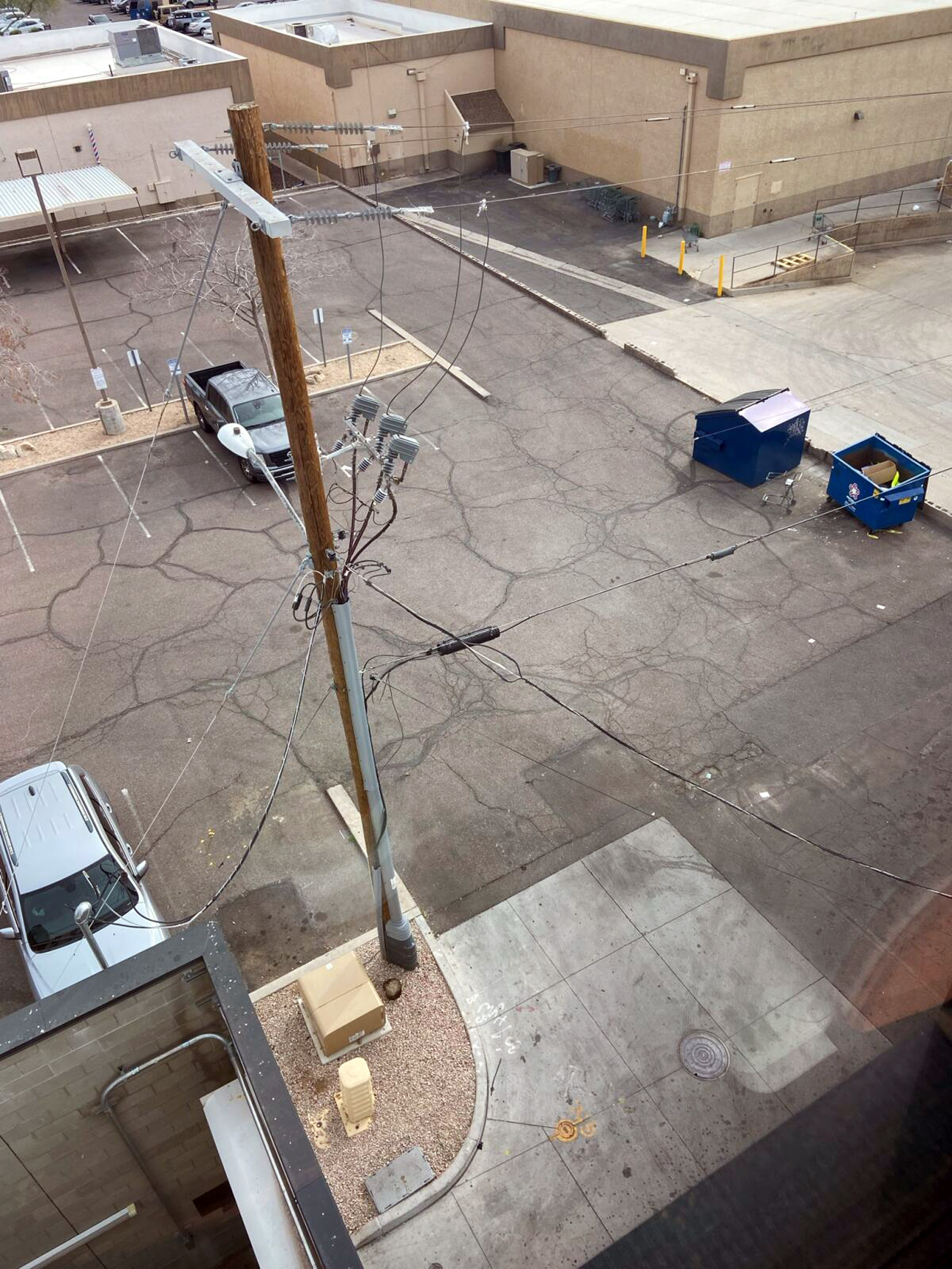
The exquisite colors of Phoenix, Arizona. There’s a desolation to this photo that’s strangely evocative. Or not. I’m just trying to make it seem less ugly.
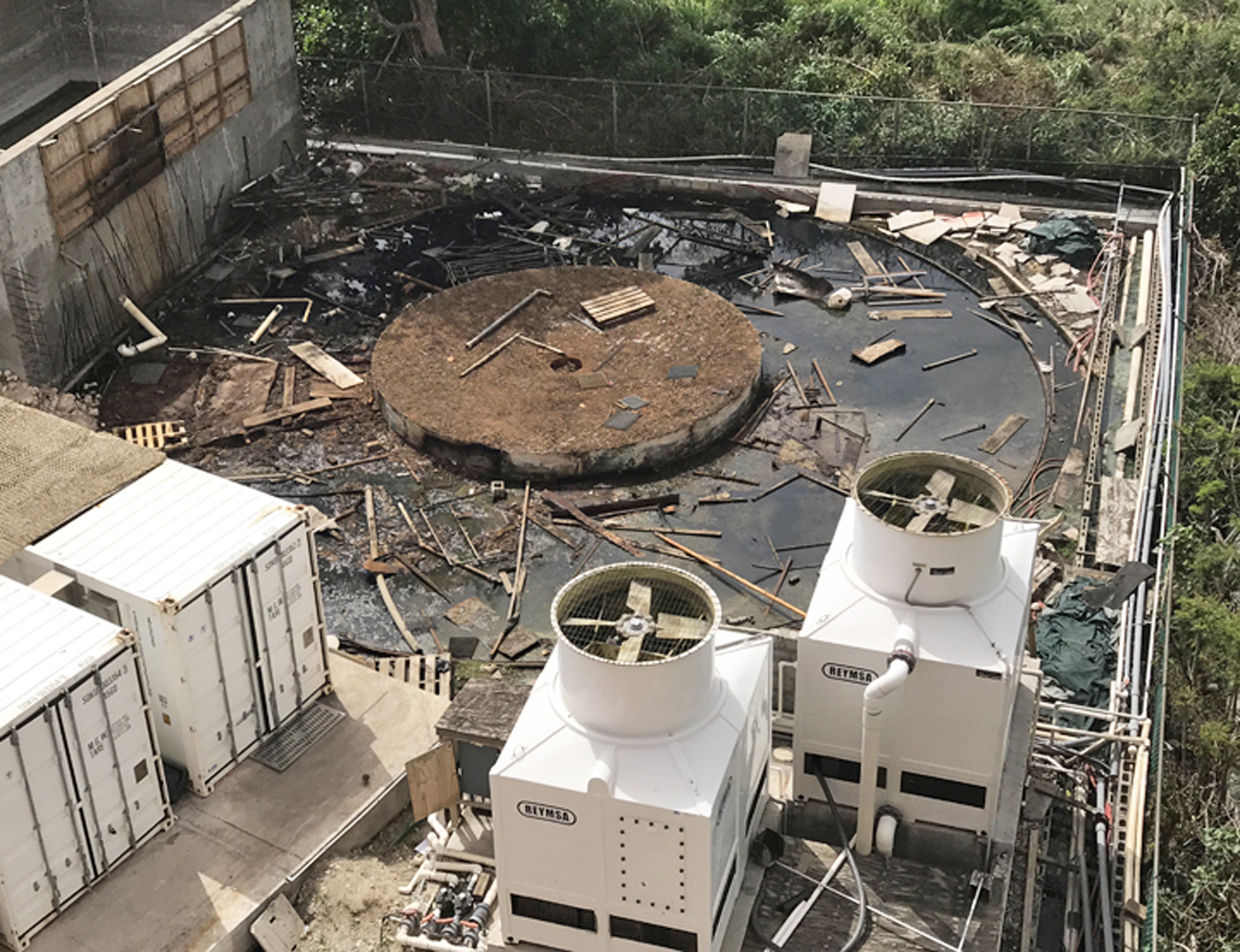
When you think of the island of St. Maarten, chances are this view from the Sonesta isn’t what you picture.

Seen enticingly from the Five Towns Inn, this Burger King is one of many fine dining establishments along Rockaway Turnpike in Lawrence, New York, just outside Kennedy Airport.

And this last one is Newark. Because of course it is.
I’ll add to this list as the misfortune presents itself.
(I need to confess, however, that the last photo isn’t mine. It was submitted by another pilot with whom I was commiserating on this topic.)
And don’t put too much stock in which particular hotels these are. Views can vary significantly room to room. A 40-th floor view from one side of a building might be a lot prettier than a third-floor view from another.
Maybe it’s ironic, meanwhile, to hear an airline pilot going on about views from the ground rather than those from aloft. So it goes, though. As regular flyers know, airplane scenery tends to be muted and indistinct. Altitude sucks away much of the grandeur. I’ve seen some amazing things — the glaciers of Greenland, the Sahara at dusk — but it’s mainly terra firma where the beauty is.
ALL PHOTOS BY THE AUTHOR, except for “Newark Afternoon,” courtesy of Dave English.
